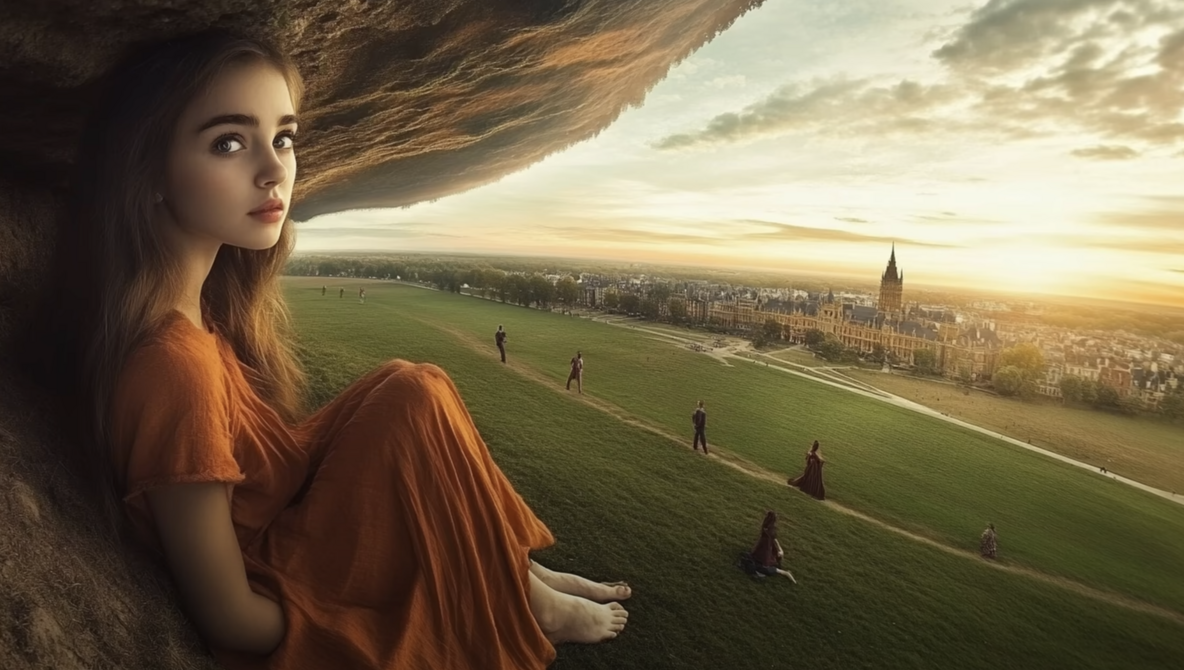The advent of generative AI images has sent a seismic ripple through the photography world, and the concern extends beyond the obvious issue of competition. The manner in which generative AI cannibalizes and resamples existing images has photographers considering how best to protect their work.
It’s been pretty easy to have a laugh at the expense of some of generative AI’s early attempts to create photorealistic images. Like many human artists, it seems to struggle with drawing hands, and the six-fingered people that appear in more than a few of its images are a dead giveaway that they were generated with AI. Even in my own limited explorations of generative AI, I have discovered a few other features of the real world that it really struggles to depict. A prompt that includes the word “saxophone,” for example, often produces something that looks more like some kind of brass, cyberpunk-inspired plumbing system than an actual musical instrument!
But the truth is that generative AI is getting better and better with each passing year, and its ability to create compelling images is inevitably going to place it in competition with traditional creative fields like art, photography, and graphic design. Perhaps more disturbingly, generative AI in its current form essentially constitutes the reuse of existing images, since the AI images that it generates are essentially a resampled blend of one or more existing images that were used as part of the generative algorithm’s training set.
And where do these existing images come from?
The answer is pretty much anywhere on the internet that the AI companies are able to find and pull images from. If you’re a photographer, an artist, or a graphic designer, this should trouble you because this appropriation of images—with or without your consent—might potentially include your own work.
In other words, when you ask a generative AI application to create an image of a snowy owl landing on a frozen lake, it is able to do so because it can borrow from and rehash the work of photographers who previously took pictures of snowy owls and frozen lakes.
And herein lies one of the problems that renowned Canadian wildlife photographer Simon D’Entremont discusses in the latest installment of his insightful video series, in which he shares his knowledge, experience, and often very perceptive opinions about photography. As always, Simon offers a very thoughtful and balanced view of the subject, blending in his commentary and concerns about AI as a professional photographer while also discussing some of its benefits. The video is also refreshingly free of the kind of intemperate handwringing that we often see regarding the impending doom of all creative fields in the face of AI. Instead, Simon offers some very helpful and practical advice on how to adjust to the new normal and, perhaps most importantly, what steps you can take as a creative to protect your work and prevent its (mis)appropriation by the AI algorithms.
But what do you think about all of this? Are you worried about the advent of generative AI, or have you already been impacted—either positively or negatively—in your own work? Let us know in the comments.







